What Are Bivalves?
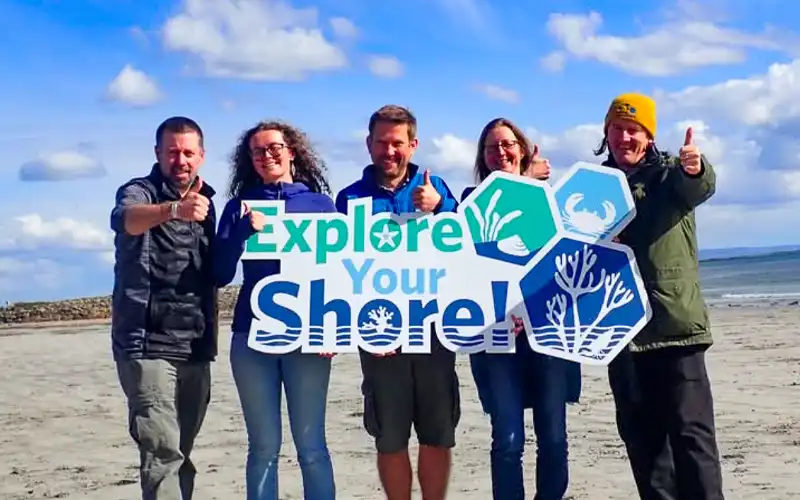
Learn With Us

This Bivalve Experience is new to us, and as such, we are learning together. We hope to expand our knowledge through more public engagement, events on the shore, and share more beautiful images of these fantastic shells.
#LearnWithUs
A few weeks ago, we had the pleasure of participating in the Explore Your Shore training session with Dave Wall from the National Biodiversity Data Centre. The experience opened our eyes to what had long been our “kryptonite”—or perhaps more kindly, our “blind spot”—the humble shells scattered across our shores.
Over the past few years, the Aquarium’s focus has been on the shoreline’s living biodiversity. But after the training, something shifted—even if subtly. We headed back to the beach and, true to habit, initially overlooked the shells. Yet, the power of subliminal learning quickly revealed itself.
On a recent shore visit, we spotted our first shell — and it instantly sparked a connection to the training. It’s hard to explain, but once you truly see the shells and begin to understand them, a whole new world of learning and discovery opens up.
Since then, the Aquarium has plunged into a deep dive (pun intended) on Bivalvia, with infographics, videos, games, and educational resources enhancing our understanding of these fascinating organisms. (Links to these resources can be found at the end of this blog)
In our first week, we could barely identify two or three bivalve species — not surprising, given that shells are often broken, bleached, or buried. But now, we’re beginning to appreciate the rich diversity of shells right here on Grattan Beach, Salthill.
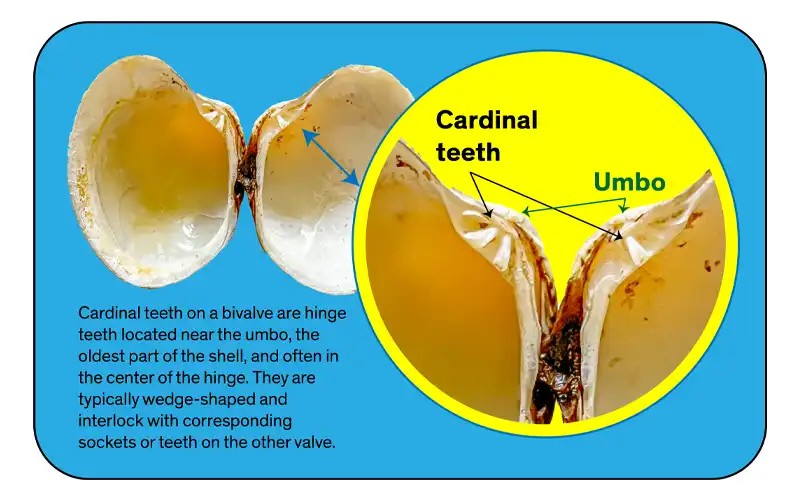
Fascinating Facts About Bivalves
While many people know that bivalves filter and clean water, their ecological value goes far beyond that. They:
- Stabilise sand and sediment by binding it together, helping to form reefs.
- Contribute to essential recycling processes through their burrowing behaviour.
- Feature a remarkable dovetail-like joint — an intricate structure that helps keep their two shells tightly closed.
- Are soft-bodied invertebrates housed within two-hinged shells made of calcium carbonate (CaCO₃), a mineral with a hardness of 3 on the Mohs scale — soft enough to break, but still vital in coastal ecosystems.
- Even in death, their fragments serve as building blocks for sand mason worms and contribute to the composition of sandy beaches.
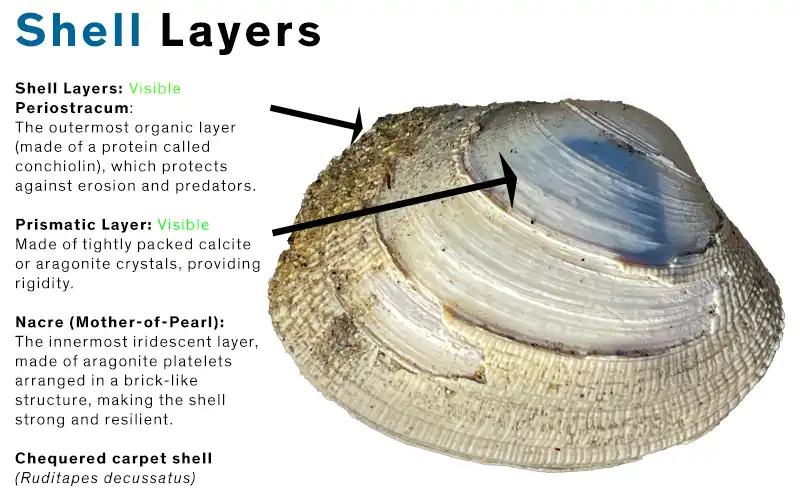
Ecosystem Services: Nature’s Hidden Economy
Bivalves are a perfect entry point into understanding ecosystem services — the countless benefits nature provides us. These services include:
- Provisioning: food, water, raw materials.
- Regulating: climate control, water purification, erosion prevention.
- Cultural: recreation, mental health, education.
- Supporting: soil formation, nutrient cycling, biodiversity.
For a fantastic overview, check out this resource:
Ecosystem Services – NatureScot
As Dave Wall wisely said:
“Bivalve identification can come later — the most important thing is to get out and explore the shore.”
We couldn’t agree more. That’s why we’re thrilled to launch this NEW BIG SEASHELL SURVEY as part of Ocean Literacy Experiences.
Join us on the beach — and KEEP CLAM!
Galway Atlantaquaria is proud to offer this free series of public engagement experiences along the shores of Galway Bay, promoting Ocean Literacy and environmental responsibility.
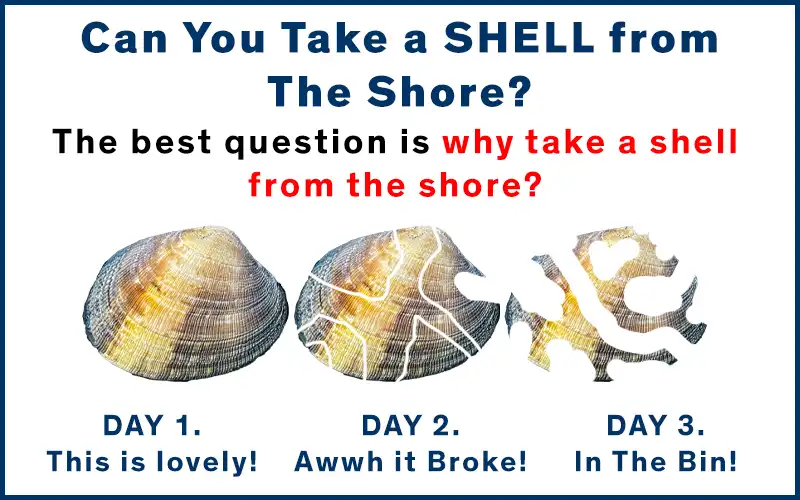
FREE BIVALVE RESOURCES – This will be updated as we learn more ways to teach about Bivalves
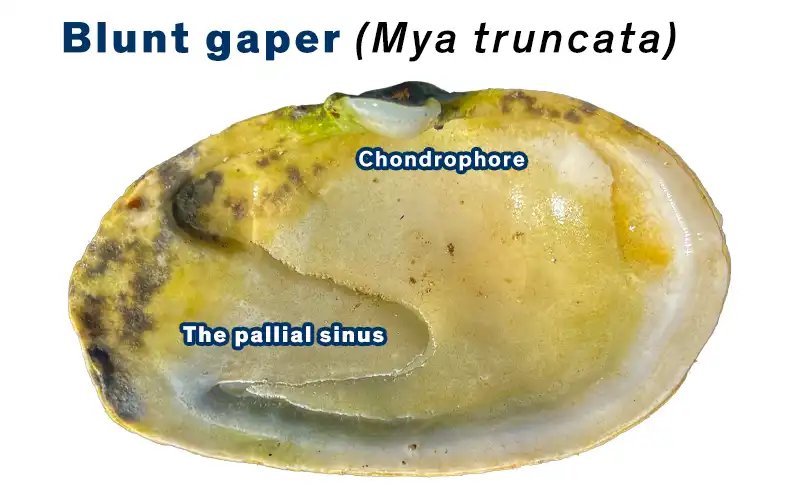
3D Scans of some common shells found on Grattan Beach
